Adding Batteries to an Existing Solar System
As solar energy continues to gain popularity across Scotland, many homeowners who already have solar panels installed are now looking at battery storage as the next logical step.

Adding battery storage to your existing solar system allows you to do more than just generate clean energy, you can now store it for use after dark. With energy prices constantly on the rise, this is the ideal time to consider how battery storage would enhance your current solar installation .
Can I add a battery to my existing solar system?
Yes, in most cases, you can add a battery to your existing solar system, but the right solution depends on how your current system was originally installed. There are two main options when it comes to retrofitting battery storage:
- AC-coupled systems: A common retrofit solution where an AC-coupled battery works independently from your existing solar inverter and connects directly to your consumer unit (fuse board). This is often the simplest way to add storage without disturbing your current system. It’s great for older solar systems where swapping the inverter isn’t practical.
- DC-coupled systems: The more integrated option, but it usually means replacing your current inverter with a ‘hybrid inverter’ that manages both your solar panels and the battery. This may involve more work upfront, including potentially rewiring part of the system, but offers higher efficiency and better long-term performance as you will be able to store the energy your solar panels capture.
So, should I add batteries to my solar system? If you’re exporting a lot of excess electricity to the grid or you’re rarely home during the day when your panels are most productive, then yes, battery storage can significantly increase the value of your existing system by allowing you to use more of your own power and reduce your bills further.
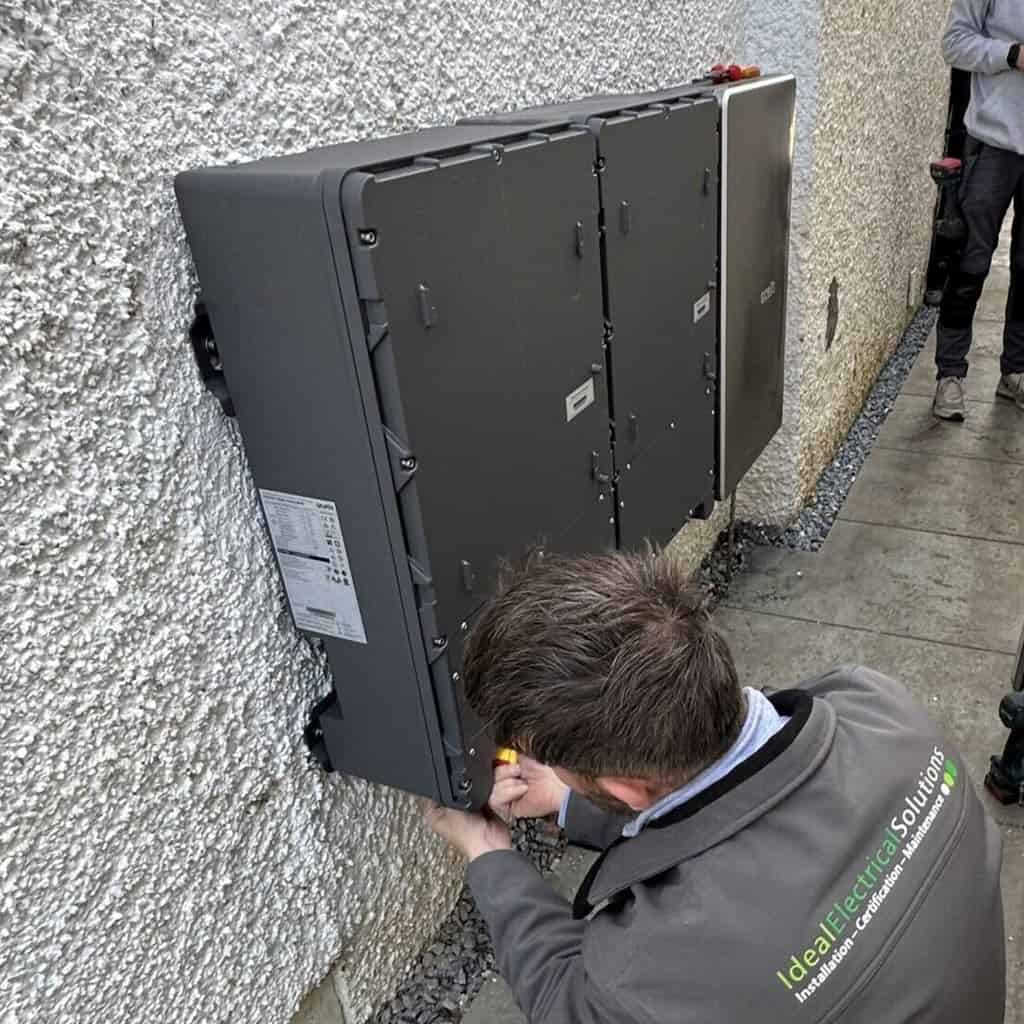
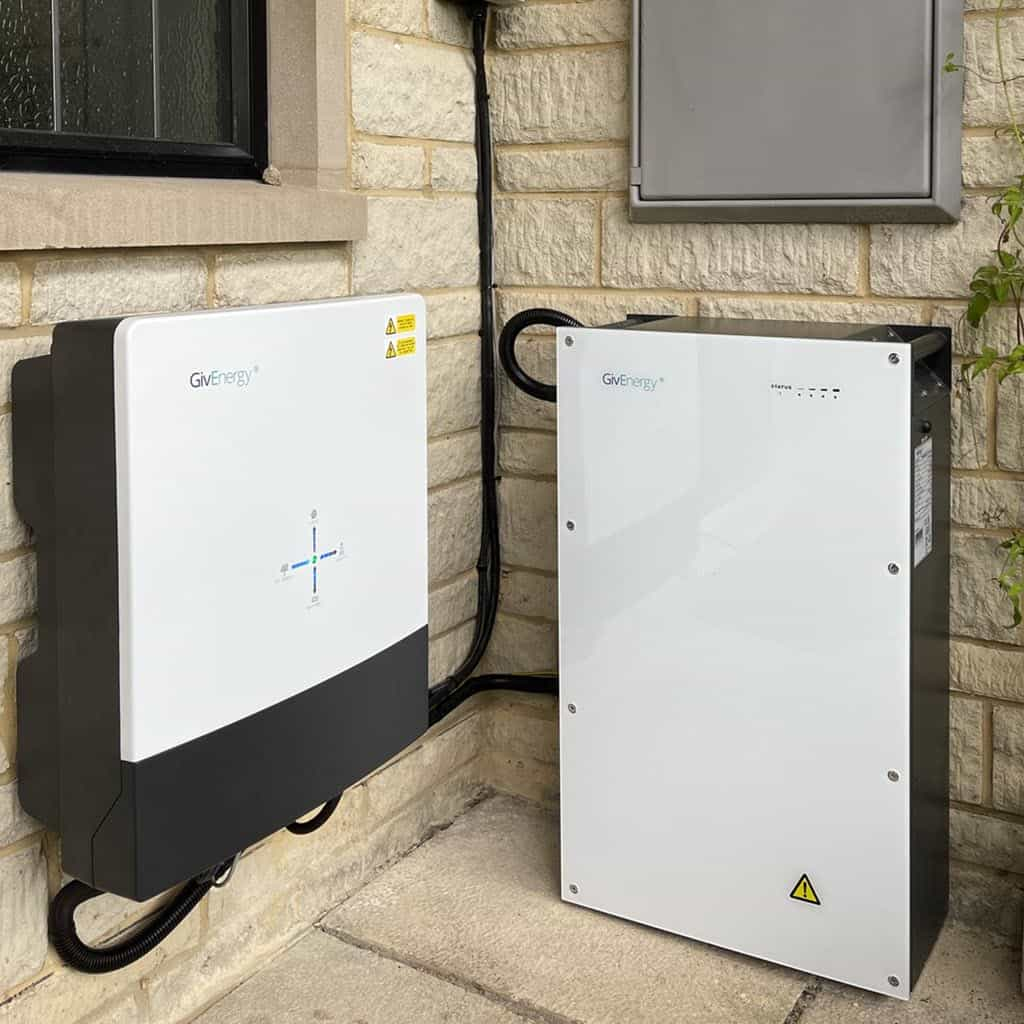
Costs to add battery storage to existing solar system
The cost of adding battery storage depends on how your current system is set up and whether it can be easily integrated with new equipment.
If your system isn’t compatible with a simple add-on, we may need to replace the inverter with a hybrid model, possibly rewire your solar cables to a new location, and take a dedicated supply from your consumer unit. These additional works can affect the overall cost, but we’ve detailed some of these scenarios in recent case studies if you’d like to read more.
As a guide:
- A Q.HOME Core Hybrid Inverter with one battery (6.8kWh storage) can start from around £5,000 including installation. If you need more capacity, each additional battery costs around £1,400.
- Installations we’ve completed recently with over 20kWh of storage typically come in at around £7,000, but the exact cost depends on your property and how your current system is configured.
- To give you an accurate price, we would carry out a free home survey.
While we work with a range of high-quality battery manufacturers, Qcells has been a popular choice with our customers. Their systems are known for performance, and offer up to 15 years of warranty on their Q.HOME battery and hybrid inverter range. They are designed to work seamlessly with both new and existing solar systems, so provide an efficient and flexible solution for homeowners looking to upgrade their system.
Our Accreditations






The process of fitting batteries to existing solar system
The process of adding batteries to an existing solar system is as follows:
- Assessment. Every installation starts with an assessment, where one of our team will discuss the options with you.
- Home survey and inspection. We’ll begin by inspecting your current system, including the inverter, solar array, and existing wiring. This helps us determine what’s compatible, what might need to be upgraded, and the best route to integrate battery storage with minimal disruption.
- Design. Once we understand your system, we move on to designing the battery solution. Depending on your energy usage habits and the physical layout of your home, we’ll recommend either an AC-coupled or DC-coupled setup. Our design takes into account how much storage you’ll need, how often you use electricity in the evening, and how much excess solar energy your system currently generates.
- Specification. In many cases, fitting a battery means upgrading or replacing certain components. This could include installing a hybrid inverter (especially if your current inverter isn’t compatible), rerouting existing cabling, or taking a new supply from your consumer unit.
- Installation and testing. Once everything is agreed, our electricians will carry out the installation. After installation, we fully test the system to make sure it’s working efficiently and safely.
- Handover. We’ll also give you a full handover, showing you how to monitor your battery performance so you can make the most of your solar energy day and night. The whole installation, testing and handover process is usually completed within a day or two.
In a new build with solar? Here’s why you need to think about battery storage
New build homeowners, this one’s for you! If you’ve just moved into a home with solar panels already installed, that’s a great start. But here’s the catch: the majority of new builds don’t come with battery storage.
That means all the free electricity your panels produce during the day is being exported straight back to the grid, and you’re buying it back from the grid when you’re home in the evening. You’re not getting the full financial benefit !
You should consider storing your own energy.
Installing a battery storage system lets you hold onto the energy your home is generating, so you can use it when it suits you. Whether it’s powering your home in the evening, running your appliances overnight, or simply reducing what you take from the grid, battery storage gives you control and reduces your bills.
Retrofitting a battery system is usually straightforward, especially with solar panels already in place. It’s a smart, cost-effective upgrade that will make your energy setup work harder for you.
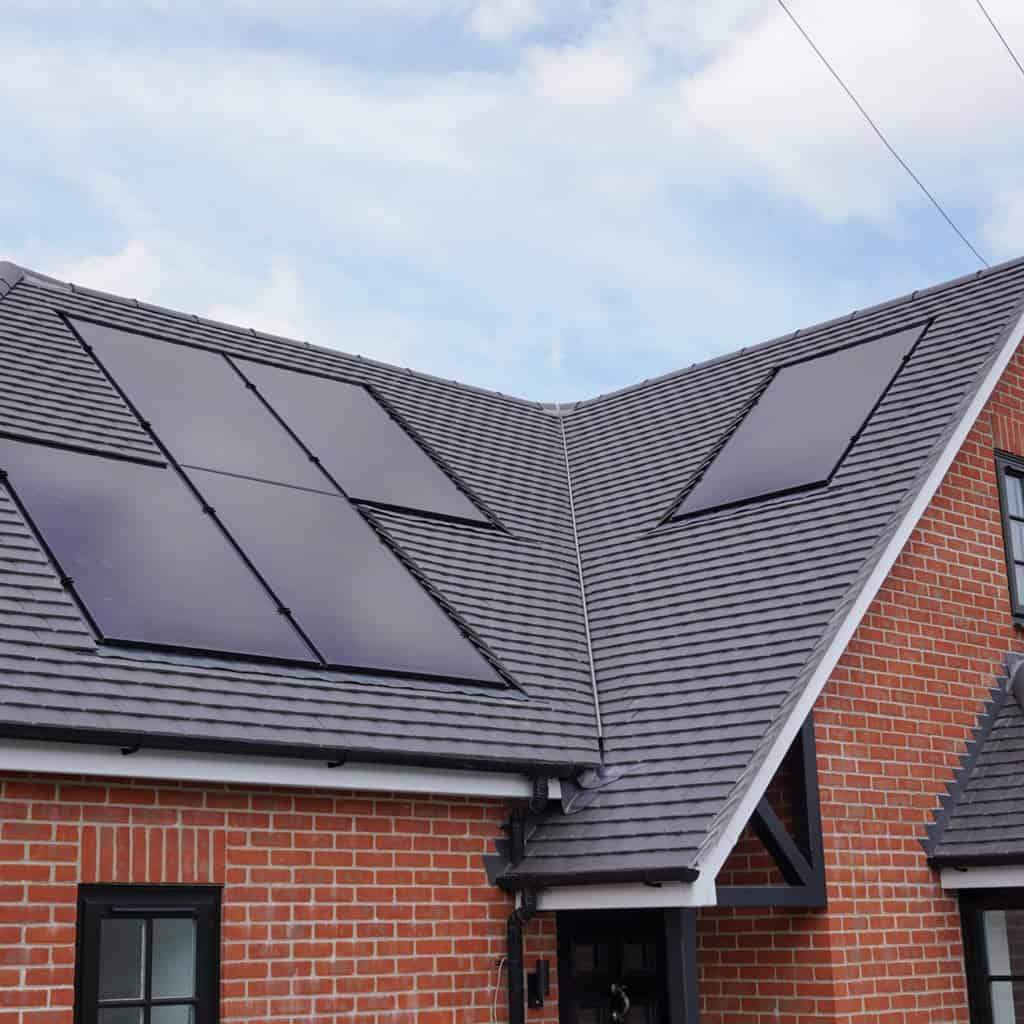
Companies we work with:
Contact us today
Get in touch if you’re looking at adding batteries to your existing solar system. We are an MCS certified installer and are here to help you.
Our expert team can assess your needs and install a system that helps you reduce ongoing energy costs, increase efficiency and move towards a greener future.
Address:
4-5 Parsons Green Terrace
Edinburgh
EH8 7AN
Contact:
Enquiry Form
Recent battery storage installation reviews
We might be a newer name in home and business battery storage, but we are a local firm and the feedback from our customers is very positive. Here’s what a few of them have said about their experience with our installations:
FAQs for retrofitting batteries to an existing solar installation
We’ve been installing battery storage systems for some time now, and these are some of the most common questions our customers ask us.
Yes, in most cases you can. We’ll assess your current system to see whether it’s compatible with a retrofit solution. Sometimes it’s as simple as adding an AC-coupled battery, while other systems may require a new hybrid inverter and some rewiring.
Costs can vary depending on what upgrades your system needs. As a guide, a typical install with a Q.HOME Core Hybrid Inverter and one 6.8kWh battery starts from around £5,000. Larger systems with more storage capacity can be closer to £7,000. We’ll provide a tailored quote after surveying your property.
Most homes will still draw some power from the grid, especially during long winter nights or periods of poor weather. However, a battery helps you use far more of your own solar energy, reducing how much electricity you need to buy from the grid, especially at peak times.
Most battery storage systems are installed within 1-2 days. We’ll handle everything from the system design and wiring to testing and system
Most of the battery systems we install, including Qcells, come with a warranty of up to 15 years. This covers both the battery unit and the inverter, giving you long-term peace of mind.
As seen in



